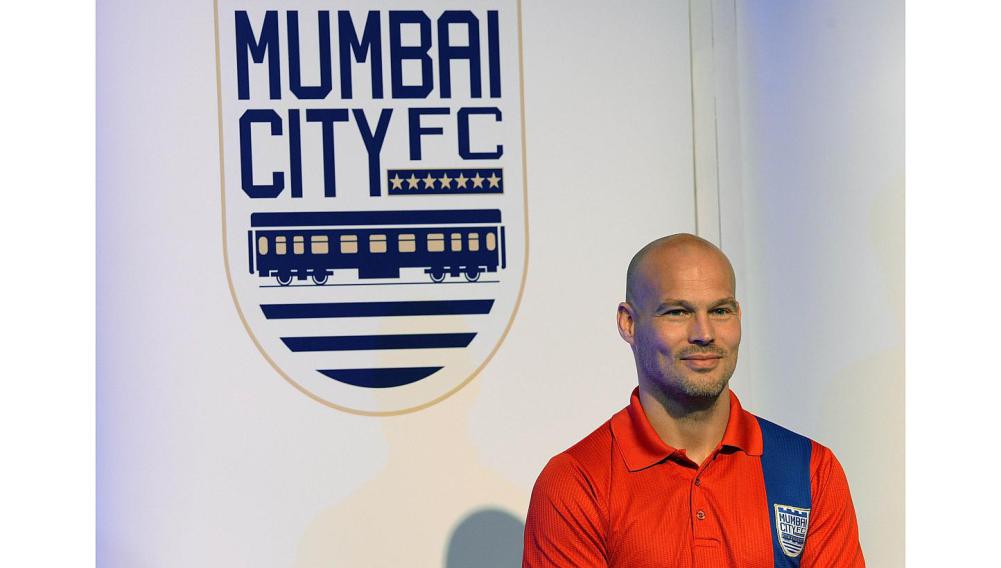It was all Anelka's fault...
It all started with a trip to Mumbai. I was working there for 6 weeks, and had a small opportunity to catch a glimpse of what football looks like in India.
My initial curiosity led me to look up one of the local teams, Mumbai City FC, where the infamous Nicolas Anelka was player manager for the upcoming season. Having recently disappeared off the scene and departed my own club, West Bromwich Albion, it was interesting to find him here.
This sparked my interest, and further googling revealed a glimmer of celebrity and known entity in the Indian league. Freddie Ljungberg had played for Mumbai a few years previously as their first landmark signing, and fellow Gunner Robert Pires turned out for FC Goa. Brazilian legend Zico was Goa’s manager during my time in Mumbai, and his countryman Roberto Carlos finished his illustrious career at Delhi Dynamos.
Despite this initial hint, there wasn’t much online to be found to suggest the sport was flourishing. Indeed Indian football itself did not seem a hot topic amongst my colleagues or the wider community. But football, that is, top-flight European football, was far more popular than I’d have imagined. With full games and highlights all over TV screens and a Messi or Ronaldo replica shirt on every other street, it was clear global football had a voice in India.
I wrongly assumed (it is in fact, hockey) that the national sport of India was cricket. As I was there during the high-glamour and budget, but incredibly well supported, Indian Premier League tournament, you’d have forgiven me my assumption. International superstars play for huge wages and prizes, with fanatic fans, cheerleaders and fireworks. It’s world class cricket in what seemed a hot and chaotic Indian take on the coliseum.
Domestic cricket was clearly an international phenomenon, an institution, and a cultural powerhouse across the cities and the nation. It reminded me of the impact that its namesake, the English Premier League, has both in the UK and across the world. It illuminated the current smaller scale, but huge potential, of Indian football and made me curious about the identity and narrative behind the nation’s game.
WHAT DOES FOOTBALL LOOK AND FEEL LIKE IN INDIA?
WHAT DOES FOOTBALL MEAN TO PEOPLE?
WHAT ROLE DOES IT PLAY IN SOCIETY?
This collection of articles and interviews is the first step in feeding and exploring this curiosity – capturing and sharing my learning journey, and telling interesting stories about the past, present and future of Indian football.







